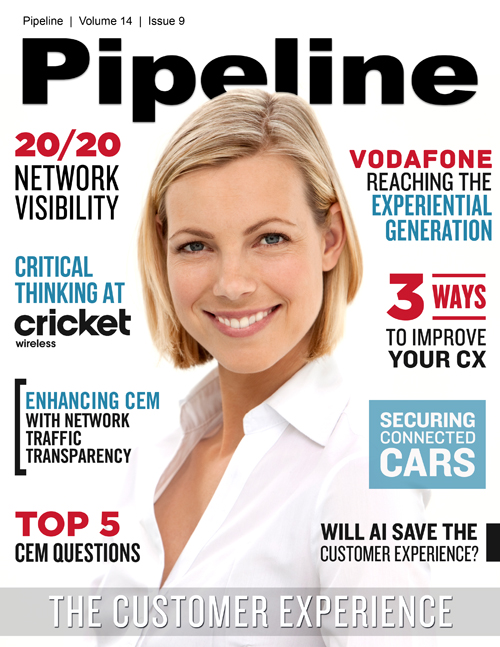Three Ways to Improve Customer Experience
They kept me. They’re still getting my money. But I’m still a big churn risk. If the fiber-packing telco on my street sends the right offer, I’m gone. Why? Because it isn’t just a problem with the call centers. My service is inconsistent. I regularly have trouble with my internet speeds, which tend to average 40-50 percent of what is advertised. I’m never proactively notified of outages and, as I said before, no one seems to have gotten the hint that I’m not interested in bundles, especially for home phone service.
Look: it’s not fair. A friend — as the old saying goes — is made through many acts, but lost by only one. That goes double for customer relationships. But given the emphasis placed on CEM for years now, I have a hard time seeing how those results have filtered down to anyone at my CSP who actually interacts with subscribers like me.
Yet there are solutions out there. We know what many of them are, and a number of CSPs are seeing positive results from these efforts. So forgive me if any of these are rudimentary, but fresh off some frustrating interactions, here are five ways that customer experience (CX) can be improved in the integrated communications and entertainment (ICE) industry.
1 - Deliver consistently
One challenge of delivering a high-quality customer experience is the fact that it’s not just one experience. Most CSPs offer multiple services across multiple devices and communicate through multiple channels. This is why an omnichannel approach is so important.
We know that, but most CSPs still have a long way to go to fully execute on omnichannel engagement. A report from the CMO Council last fall, based on perspectives from 250 telco and brand marketers, found that only 4 percent of telcos believe they are providing subscribers with a consistent, personalized, relevant experience across all channels. That’s actually better than the non-telco brands that were represented in the study, as only 1 percent of the marketers from that category said they have a handle on omnichannel.
What’s more, fifty-six percent of telco marketers believe that non-telco companies are better than telcos at delivering omnichannel. But nearly half of non-telco brands believe CSPs are well-positioned to play a leadership role in omnichannel, providing a framework for all other brands to follow.
“Less than 10 percent of telco marketers believe they are highly advanced and rapidly evolving when it comes to being more data-driven, customer-responsive and digitally adaptive,” noted Donovan Neale-May, Executive Director, CMO Council. “More than 25 percent list functional integration; cultural, technical and operational hurdles; and resistance to change as obstacles to evolving to a true OCM model.”
These results suggest a bit of tech dysmorphia running rampant through CSPs. They see themselves as unprepared to deliver the very omnichannel experiences, while other brands look to the CSPs to lead them to consistent omnichannel glory.
And a wide variety of vendors have solutions geared toward omnichannel engagement, including SAP (in partnership with IBM), Infosys, and Oracle.
“Telecom and media consumption is becoming increasingly customizable and is therefore more complicated,” said Matthias Goehler, senior vice president, Industries, SAP Hybris, in a statement. “SAP is committed to meeting industry business needs by supporting new business models, industry regulations and standards. The telecommunications and media accelerator helps companies achieve and realize their goals all while getting to market as quickly as possible.”



















